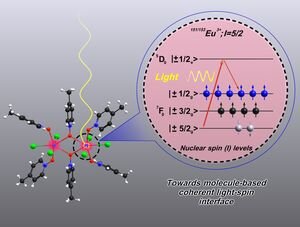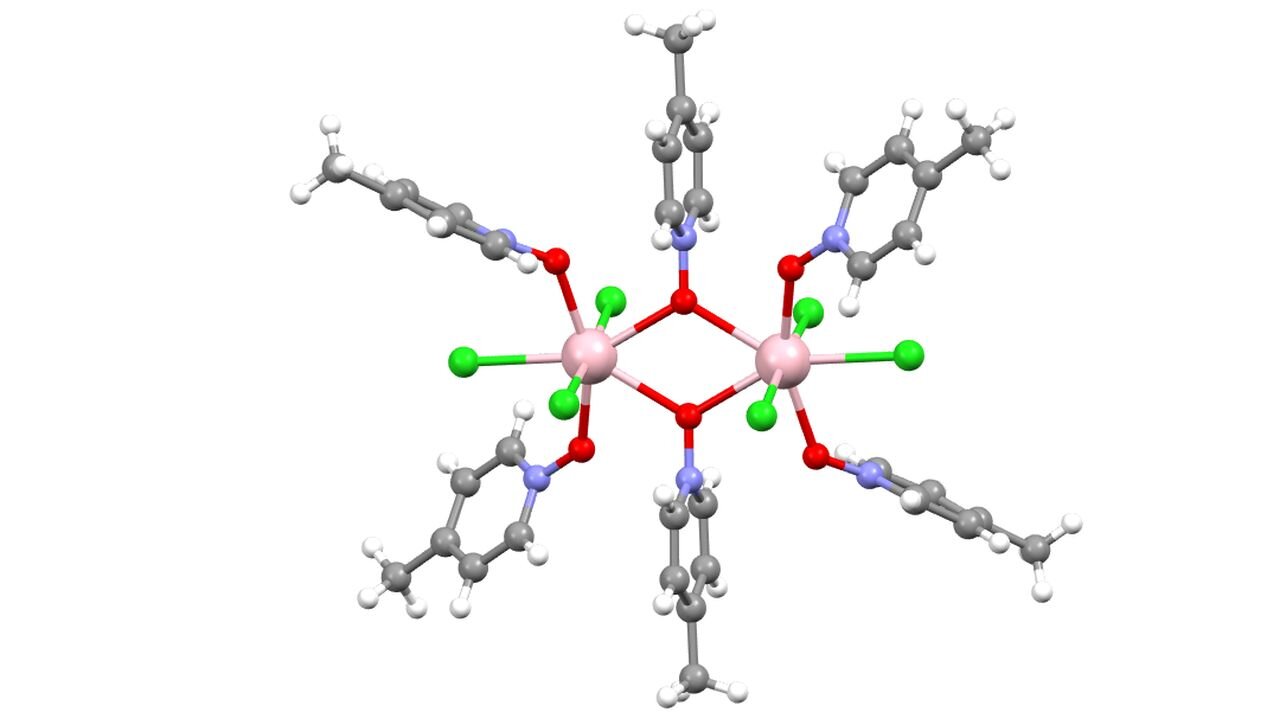Researchers at Karlsruhe Institute of Technology (KIT) and Chimie ParisTech/CNRS have now significantly advanced the development of molecule-based materials suitable for use as light-addressable fundamental quantum units.
They have demonstrated for the first time the possibility of addressing nuclear spin levels of a molecular complex of europium(III) rare-earth ions with light.

The molecule, which belongs to the rare earth metals, is designed to exhibit luminescence, i.e., a europium(III)-centered sensitized emission, when excited by ultraviolet light-absorbing ligands surrounding the center.
After light absorption, the ligands transfer the light energy to the europium(III) center, thereby exciting it. Relaxation of the excited center to the ground state leads to light emission.
![Photophysical properties of [Eu2] in the solid-state.](https://thequantumfacts.com/wp-content/uploads/2021/04/41467_2021_22383_Fig2_HTML-1024x725.png)
The whole process is referred to as sensitized luminescence. Spectral hole burning—special experiments with lasers—detect the polarization of the nuclear spin levels, indicating the generation of a efficient light-nuclear spin interface. The latter enables the generation of light-addressable hyperfine qubits based on nuclear spin levels.
The paper has been published in the journal Nature Communications.

